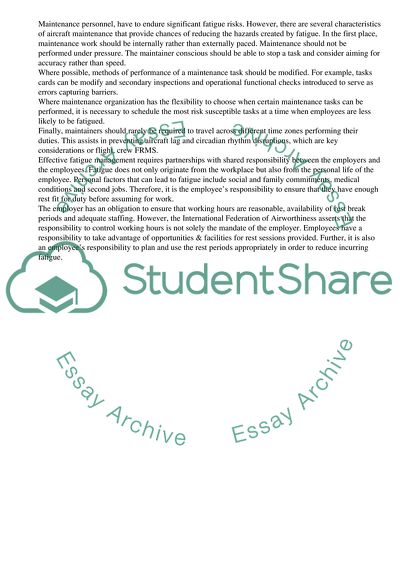Cite this document
(“Fatigue Risk Management in Aviation Maintenance Term Paper”, n.d.)
Fatigue Risk Management in Aviation Maintenance Term Paper. Retrieved from https://studentshare.org/management/1838287-fatigue-risk-management-in-aviation-maintenance
Fatigue Risk Management in Aviation Maintenance Term Paper. Retrieved from https://studentshare.org/management/1838287-fatigue-risk-management-in-aviation-maintenance
(Fatigue Risk Management in Aviation Maintenance Term Paper)
Fatigue Risk Management in Aviation Maintenance Term Paper. https://studentshare.org/management/1838287-fatigue-risk-management-in-aviation-maintenance.
Fatigue Risk Management in Aviation Maintenance Term Paper. https://studentshare.org/management/1838287-fatigue-risk-management-in-aviation-maintenance.
“Fatigue Risk Management in Aviation Maintenance Term Paper”, n.d. https://studentshare.org/management/1838287-fatigue-risk-management-in-aviation-maintenance.


